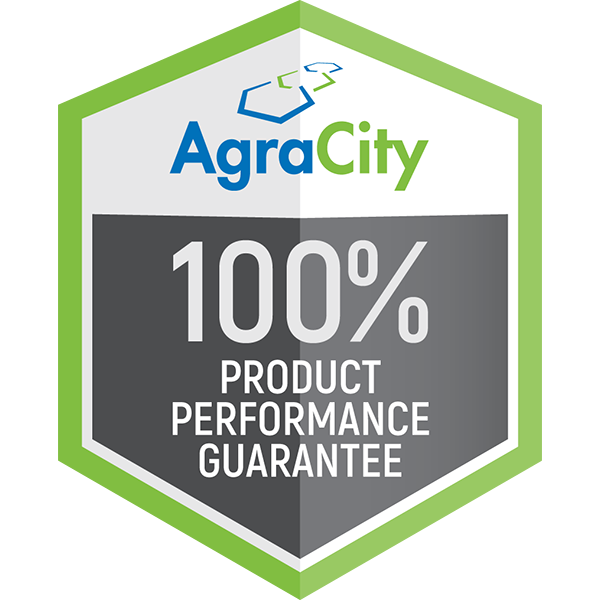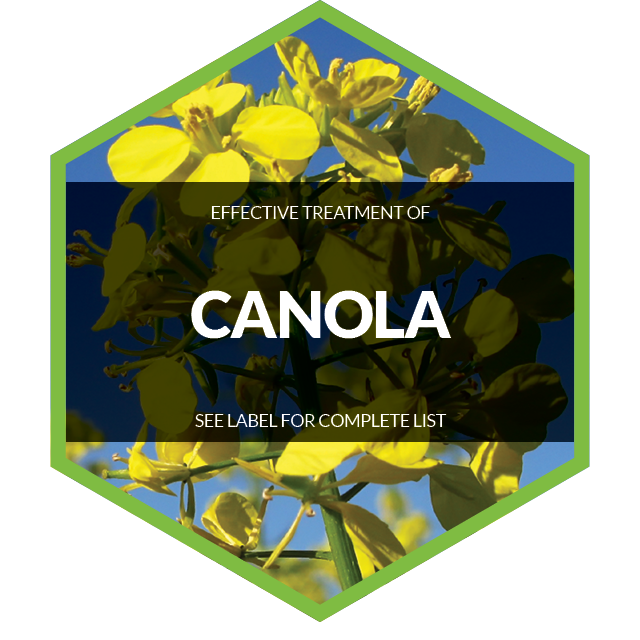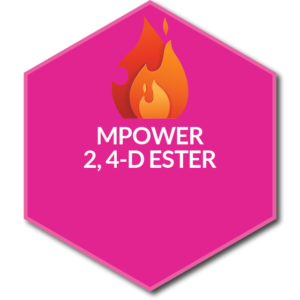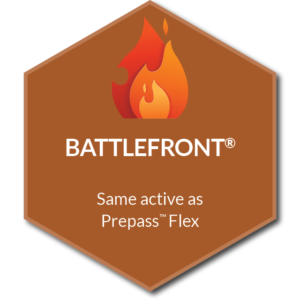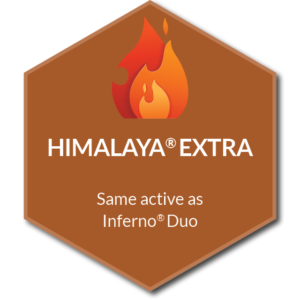Always read and follow all label precautions and directions.
*When applying tank mix combinations, always follow all label requirements for each product used in the tank mix. In cases where these requirements differ between the tank mix partner labels, the most restrictive label must be followed.
†Supported by AgraCity. For a complete list of tank mix options, go to AgraCity.com/Resources.
Aurora®, Battlefront®, Clobber®, Destroyer®, Disruptor®, HellCat®, Himalaya®, and Independence® are trademarks of AgraCity or it’s affiliates. All other products are trademarks of their respective holders.





